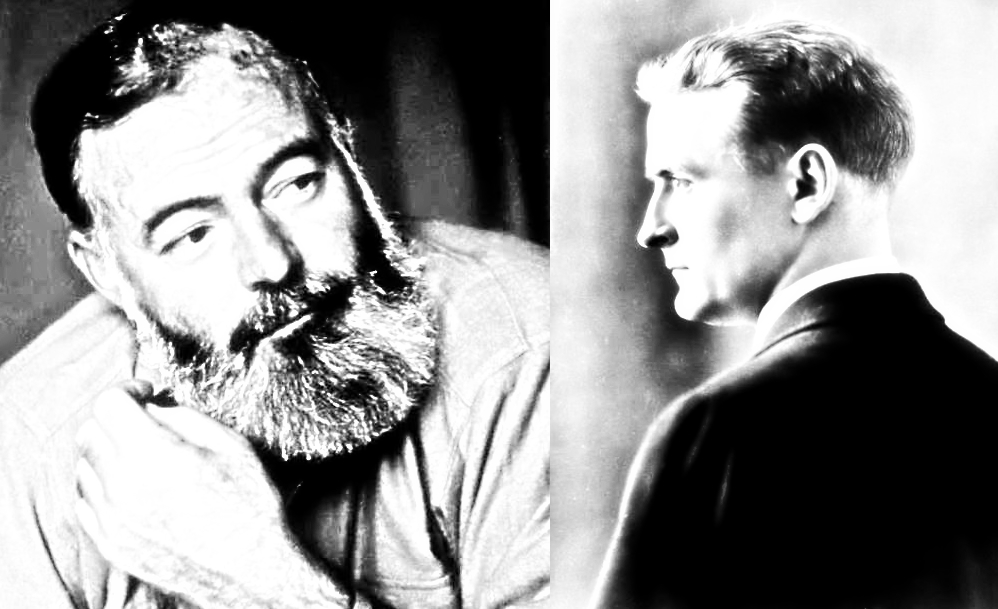The Dracula legend exists in many forms, from television shows, to films, to short stories, to poems. But I don’t think it exists anywhere as well as in Francis Ford Coppola’s Dracula (1992) as far as tension and atmosphere.
Today, we are going to take a brief look at the film that was inspired by Bram Stoker’s masterfully written Gothic horror novel (and it’s a pretty faithful adaptation as well). So, follow along as we sink into this excellent film with both fangs out!
How atmosphere plays its part in the film
The film tales the tale of Mina and Jonathan Harker, as well as Dracula, Van Helsing, and Dr. Steward, giving shifting points of view and perspectives as the strange events of Dracula’s arrival in England from Transylvania unfold. Oh, boy, there are some interesting events, from wolves appearing in movie theaters, to werewolves and giant bats appearing around the city (and a sexual rendezvous in a hedge maze).
All these scenes are framed using the same narrative device as the book—epistolary format—which means that the story is told using letters. Coppola uses this device to showcase the wonder and horror that each of the characters feels as they experience the strange and uncanny events that pervade Count Dracula. Through these written artifacts, we are then given scenes of action and character development, having been led there by the voices of the film’s main players as they write to their loved ones and comrades in the throes of such strange days.
The film’s POV allows the atmosphere to take hold on a personal level, and it’s a clever way to get the audience right into the action. Likewise, the audience has an intimate look at each of the characters’ personalities and voices, which lends itself to the atmosphere and ambience of the film, because the audience feels doubt when characters write about it and hope when they write about that, too.
Continuing with the plot: after many of the characters are attacked, or at least have experienced Dracula’s presence in some way (an entire ship’s crew is eaten and emptied, for example), the heroes call upon Abraham Van Helsing, vampire hunter, to aid them in their combat against the evil entity. The tone and atmosphere shifts in the movie from being spooky to more action oriented as they are quite literally taking action against Dracula.
Van Helsing also has a million memorable lines.
“She lives beyond the grace of God, a wanderer in the outer darkness. She is vampyr…nosferatu. These creatures do not die like the bee after the first sting, but instead grow strong and become immortal once infected by another nosferatu. So, my friends, we fight not one beast but legions that go on age after age after age, feeding on the blood of the living.”
(Francis Ford Coppola | Dracula)
Eventually, the final fight arrives, and our heroes are triumphant over darkness, and they go on living even though they have experienced the painstaking cost of life. Again, the atmosphere and ambience are inescapable as the grief of triumph is such an unusual feeling and even though the protagonists win, they win at a cost, which speaks to the Gothic theme of mourning and death.
Differences from the book
Bram Stoker’s Dracula is an exhausting novel to read. Yes, it is a Gothic horror novel and so shows its pacing by developing building tension, but…I tell you…some scenes drag on for a long time. The movie, meanwhile, moves much quicker, as the pacing is far more precise.
Additionally, Jonathan Harker’s stay at Dracula’s castle was not a long ordeal like it is shown in the movie, and he actually gets away quite early in the book. Moreover, Harker is positioned as Renfield’s replacement in the movie when no such connection actually exists in the book.
Meanwhile, Mina is not attracted to Dracula in the book and does her best to help her friends fight the monster due to his attack on her friend Lucy. Her image from his past drives Dracula’s motivation in the film, whereas in the book no such connection is a made.
Lastly, the book ending is much quicker (surprisingly), as Dracula is staked and dusted. In the movie, the audience is treated to a prolonged fight where Dracula emerges and battles the companions before Mina beheads him in a church.
Conclusion
The movie gets bagged on a lot by people who think it is too campy, silly, or weird…and I think it’s great for all those reasons; and to the previous point, it moves quickly! Moreover, it executes insanity as adeptly as it can be done in a film (Tom Waits and Dr. Seward are excellent examples), and they give Professor Abraham Van Helsing an air of sophistication and grime (Anthony Hopkins nails it), which is a fantastic approach to a character who has spent his career exploring ways to defeat the undead.
Other Dracula movies do other things better, from characterization to theme, but Coppola’s nails the atmosphere of Dracula’s castle and the streets of England excellently. If it has been a while since you have seen it—October is a great month for a rewatch!







